10,000 people protecting the natural world [170]
The IUCN World Conservation Congress had some of the coolest folks I've ever met. Here's a few of their stories...
More than 10,000 people that are working on protecting the natural world came together for the World Conservation Congress, and I was fortunate enough to be invited and brought to it!
The International Union for Conservation of Nature (IUCN) have this massive event every four years to showcase what people are working on, figure out ways to collaborate, and determine what’s next in the world of conservation. It was quite an inspirational space to be in. Somehow, despite a week of attendance and meeting people nonstop, I only managed to hear the stories of about 0.1% of the folks there… But as you’ll see, it was a small but mighty sample.
I hope I can bring some of that inspiration and hope to you via this week’s newsletter. But there’s also SO much more good going on than I can ever cover.
Yet I’m determined to continue finding little-known stories of everyday heroes that deserve more attention. And thanks to your support, we’re elevating more stories than ever before!
Corinne & Maya from the UK helped discover 800+ new marine species
The Ocean Census is the largest global mission to discover ocean life, and in two years they’ve discovered over 800 new species. They dive into the depths of the ocean to find some of the most magnificent looking life I’ve ever seen. This includes the colossal squid (pictured above), which is absolutely mesmerizing. I actually covered it when they first released the images of this creature earlier this year as well. They are the perfect reminder of how much unique life is still out there, waiting for us to find it.
Franck Courchamp from France is bridging biodiversity and sports
Think of your favorite sports team. Odds are high that their logo or mascot is an animal. Sport organizations use biodiversity for their branding all the time, and their fan bases are interested and passionate about these species. So The Wild League is getting sports organizations, fan bases, and expert conservationists to work together on protecting them. As a retired athlete myself, I think this is a genius initiative to get people to take action and help protect species in need while preserving their team’s identity.
Lucy Mulenkei from Kenya is giving a voice to Indigenous Communities
The Indigenous Peoples pavilion was one of the most popular at the event. Lucy and many others from communities all across the globe are making Indigenous groups aware of conservation issues, while bringing their stewardship and knowledge to the masses. As she explains, these are the people living in that natural world and consider nature as part of us. So their goal is to share, link, and learn from each other. She does this with two organizations: the Indigenous Information Network & International Indigenous Forum on Biodiversity.
Elisa Harley from New Zealand created a better way to plant trees
Instead of those plastic planters that trees and plants usually come in, Elisa created a biodegradable plant pot. She felt it was silly for tree planting to have plastic waste, so she created a better alternative called Enivo Pots. Clearly she’s doing something right, as she was recognized as one of several Young Changemakers who got to pitch their creations on stage to a panel of judges and investors.
Yves Frederic Ndjoh from Cameroon is developing an ultrasonic bug repellant

As another Young Changemaker, Yves, at Kinetic Power Systems, is replacing harmful chemical pesticides with an ultrasonic insect repellant. The boxes essentially play a frequency that keeps harmful locusts away. Locust swarms can destroy crops and a farmer’s livelihood in a matter of minutes, but the current prevention method of spraying chemicals all over is bad for the environment. This solution is helping preserve and protect the land, biodiversity, livelihoods, and food at the same time.
Georgina Pereira from the UAE is finding and saving fungi

Despite fungi being the reason we have thriving plants & food, the source of vital medicines, the biggest living organism, and so much more… They’re barely studied. All the attention is given to plants and animals, but fungi deserve some love too. Which is why Georgi, with the IUCN Center for Species Survival - Fungi, is trying to expand the knowledge of fungal diversity. She focuses on the Middle East and West Asia, but encourages all of us to snap a picture whenever we see a cool mushroom or bizarre fungi, so we can continue to document this widely unknown yet essential kingdom.
Dr. Carly Cowell from the UK is helping botanic gardens prevent plant species extinctions

Working at the world’s biggest plant conservation network, Carly is enabling botanic gardens around the world to work together with conservation experts on preventing the extinction of any and all plants. With well over 300,000 plant species, they have their work cut out for them. But Botanic Gardens Conservation International is up for the challenge, and helps people at home get involved through community science, raising awareness of illegal houseplants (which can be poached or illegally traded), and of course supporting your local gardens.
Norah Kimathi from Kenya is turning speech into sign language with robots
Norah is using recycled plastics to build robotic exoskeletons that translate speech into sign. This is not only a solution for those with hearing complications, but it also helps expand education. And it’s really cool to see them do it with cleaner materials! I asked Norah why Zerobionic’s robot hands are a better alternative than just a video recording of sign language, and she explained these robots help in areas with internet difficulties or barriers to entry for screens and devices.
Anne Pace from the US is co-developing conservation with Indigenous communities
Indigenous communities have been stewarding the land and living in harmony with other species for thousands and thousands of years. So if they’re not included in the conservation conversation, we’re doing something wrong. That’s what Wise Ancestors recognizes, and they aim to uplift proper behavior towards the environment, while connecting biologists, tech, and Indigenous Peoples together for our best chances of success.
Rahayu Octaviani from Indonesia is protecting an overlooked gibbon
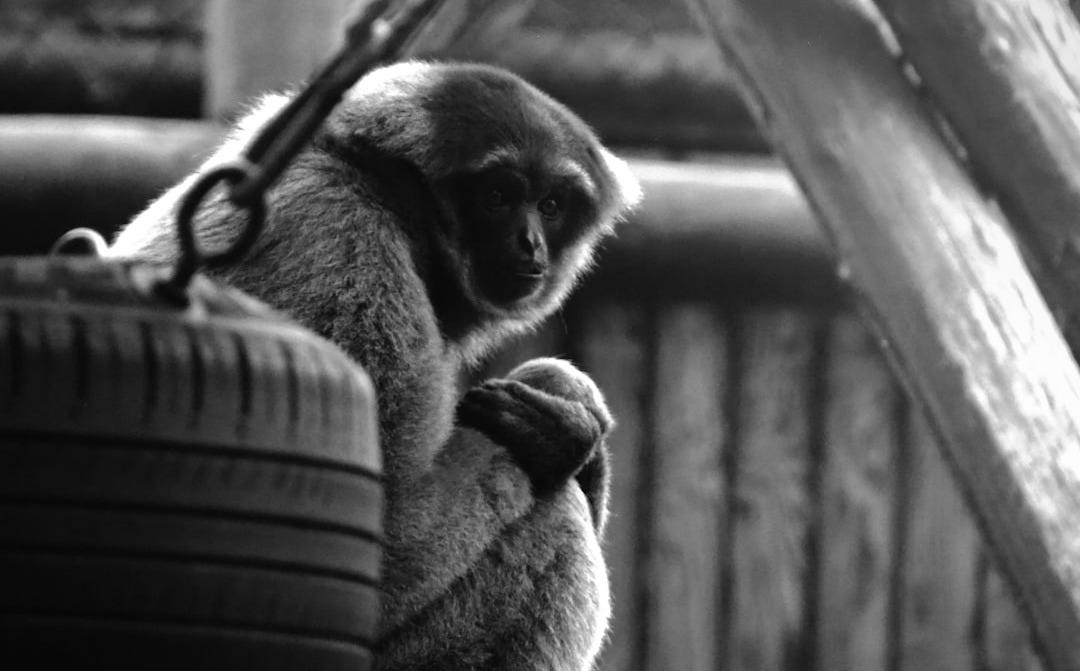
There’s a lot of talk about how the pretty or cute species get most of the attention. It makes sense, since conservation needs money, and a stunning plant or beloved animal will make fundraising easier. Yet Ayu is dedicating her time to lead a local organization called Kiara which is protecting an endangered species found only on the Java Islands called the Javan Gibbon. I personally think they’re adorable, but am also especially motivated knowing there are many people like Ayu, fully focused on protecting a specific part of our planet that most people don’t, and won’t ever, know about.
Marcella Fernandez from Colombia is teaching us about tropical glaciers
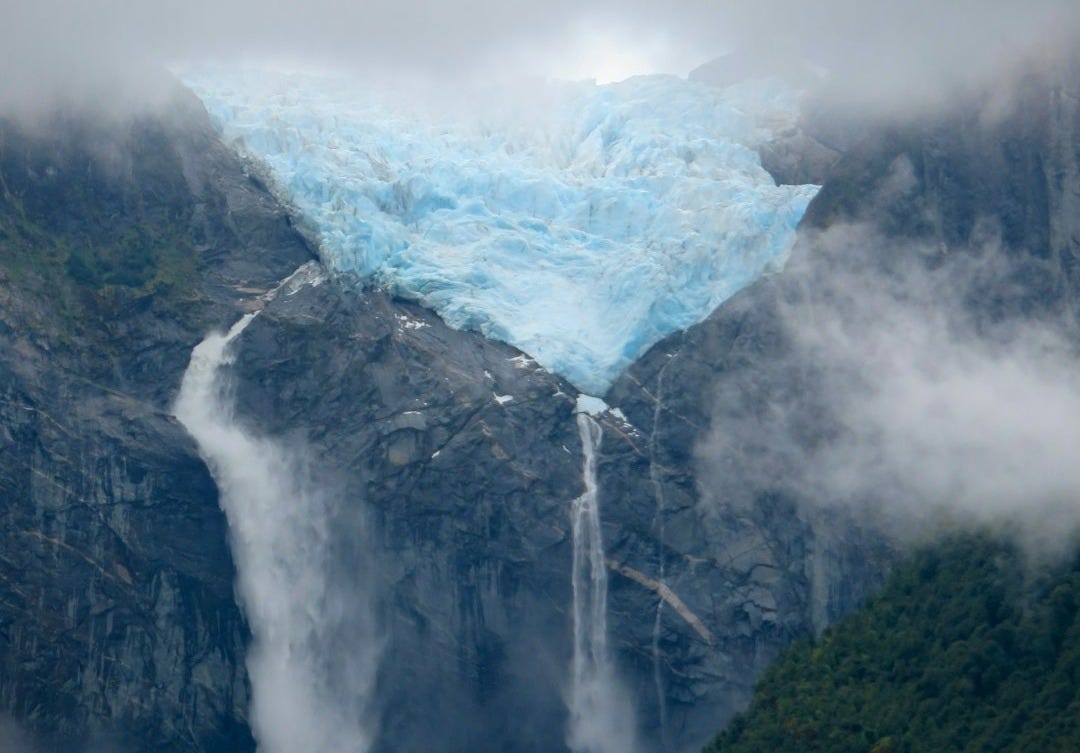
I’ll be honest: I didn’t know tropical glaciers existed. And I’m not the only one! Marcella’s organization Glacier Nation brings awareness and visibility for these stunning landforms, “so they don’t disappear without us learning the lessons that we have to learn”.
Beth Blood from London is making nature cool
Nature is cool and exciting, but most people don’t see it that way. And Beth thinks that’s because it isn’t presented properly. One The Edge is inserting nature into pop culture and mainstream content, so society can simultaneously see more nature and change out minds about how important it is.
Megan Joyce from the US is “reversing the red”
The Red List is IUCN’s most famous work, where they document and categorize over 172,600 species and their status, from least concerned to threatened, critically endangered, and extinct in the wild. Yet Joyce and Reverse the Red are committed to reversing the negative trends of biodiversity loss as made evident by this list. Their coalition of 10,000 people is all about success stories, which I love!
What else?
🏞️ What actually happens when Indigenous Peoples get their stolen land back?
🐢 A beloved species has officially bounced back from near extinction!
🎶 Mother nature is making her way into music.
Remember, we build a better future together… so what’s your story? 👇
The newsletter was written by Jacob Simon. Over 1 million people are in our community across Instagram, TikTok, and YouTube. You can say hi on LinkedIn, or by emailing jacob@jacobsimonsays.com. Brand illustration by Andrea Miralles.
Thanks for helping spread some positivity, and see you next week for more!



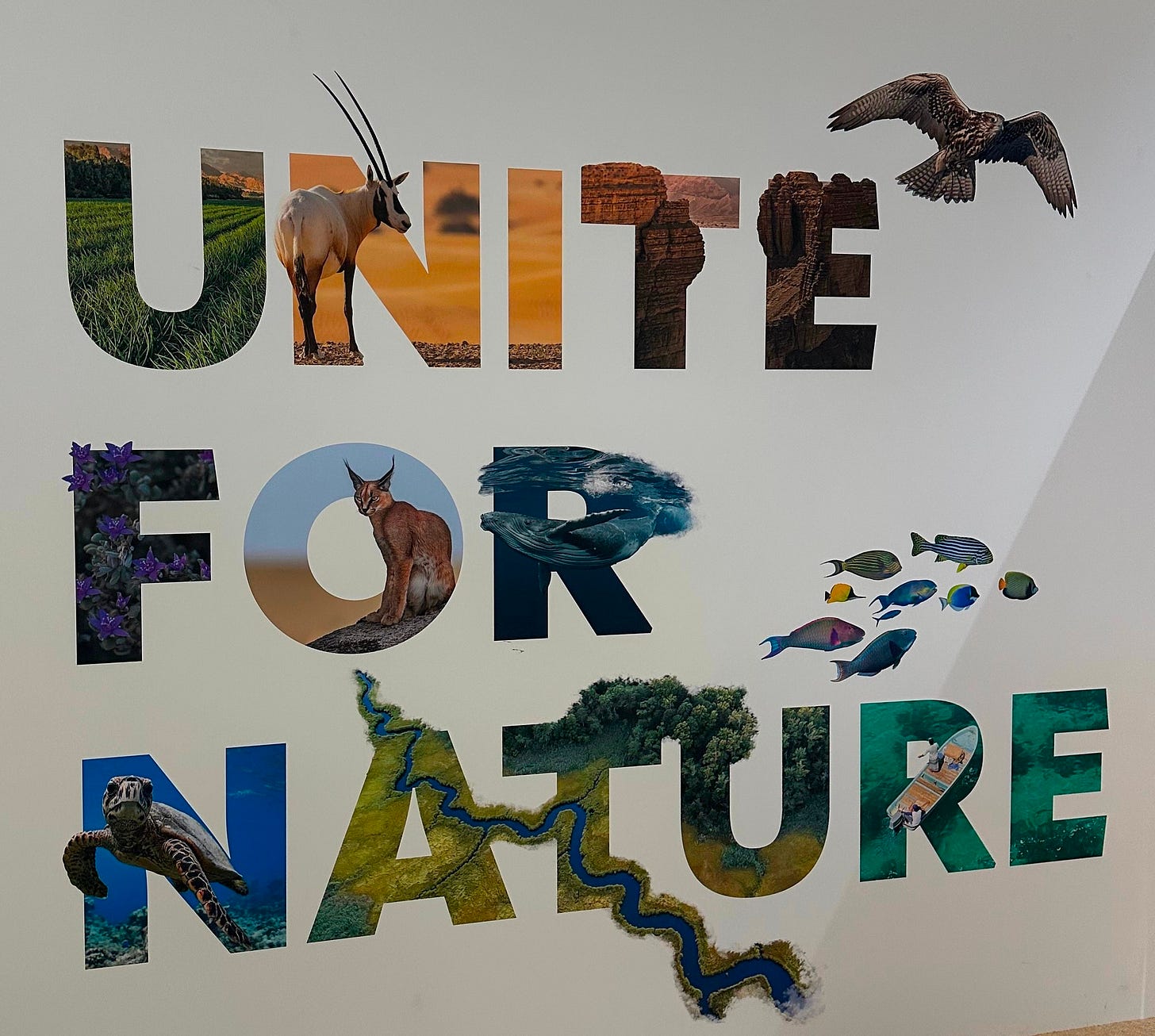
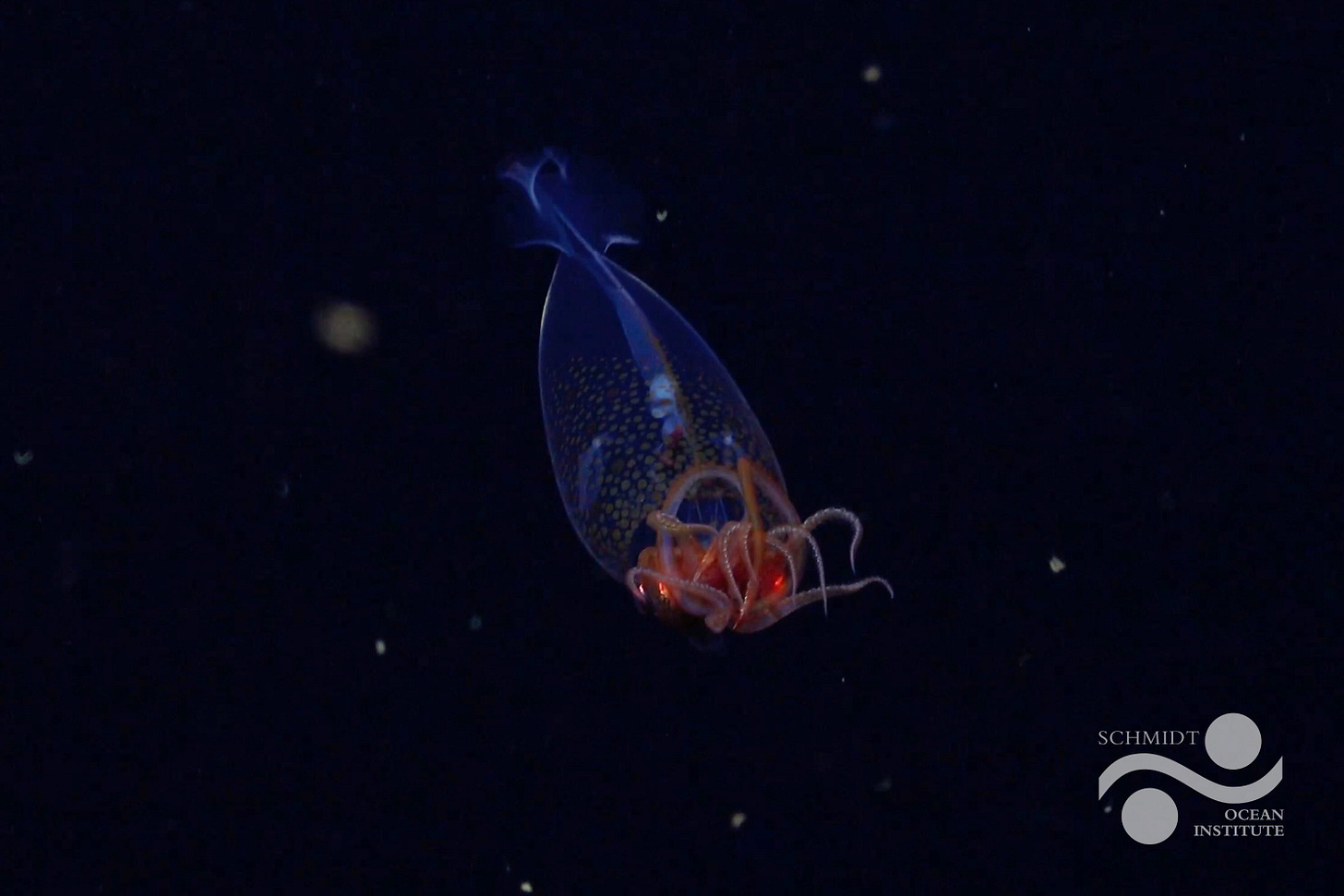
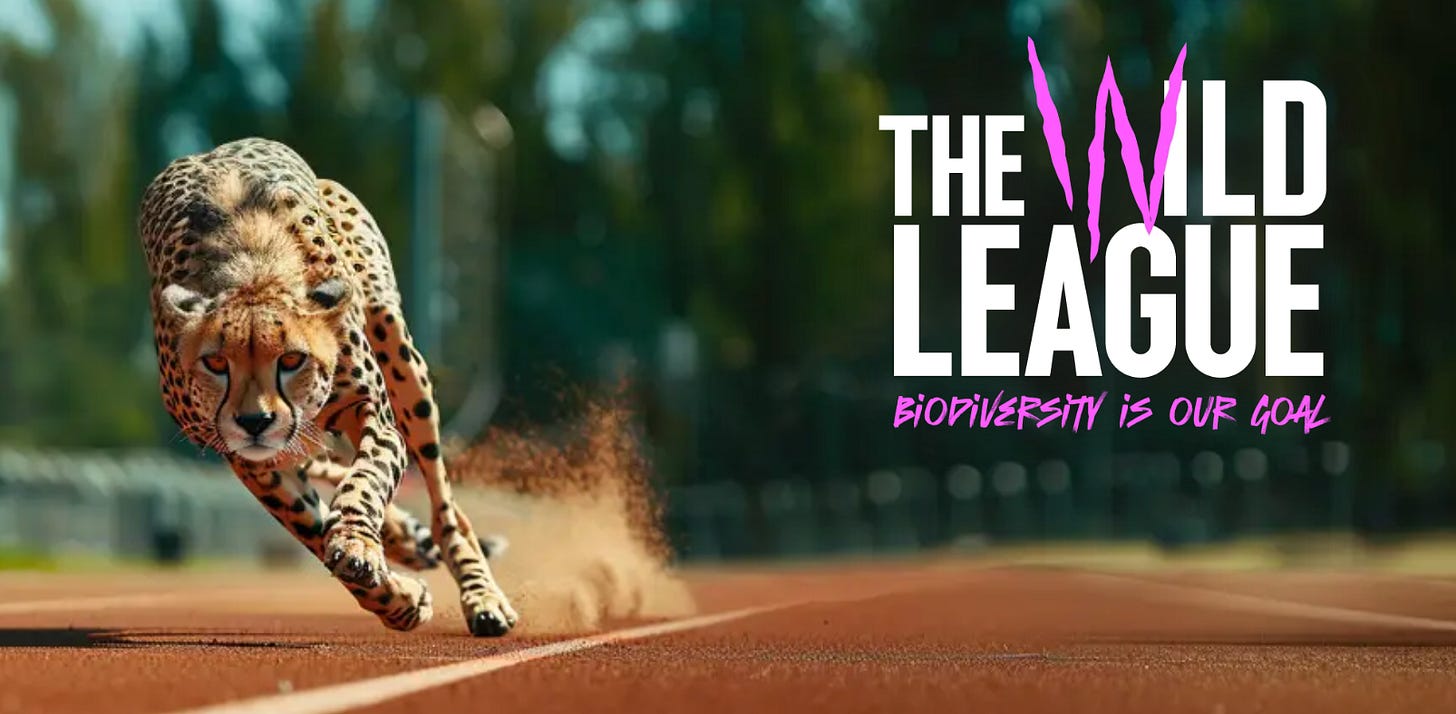
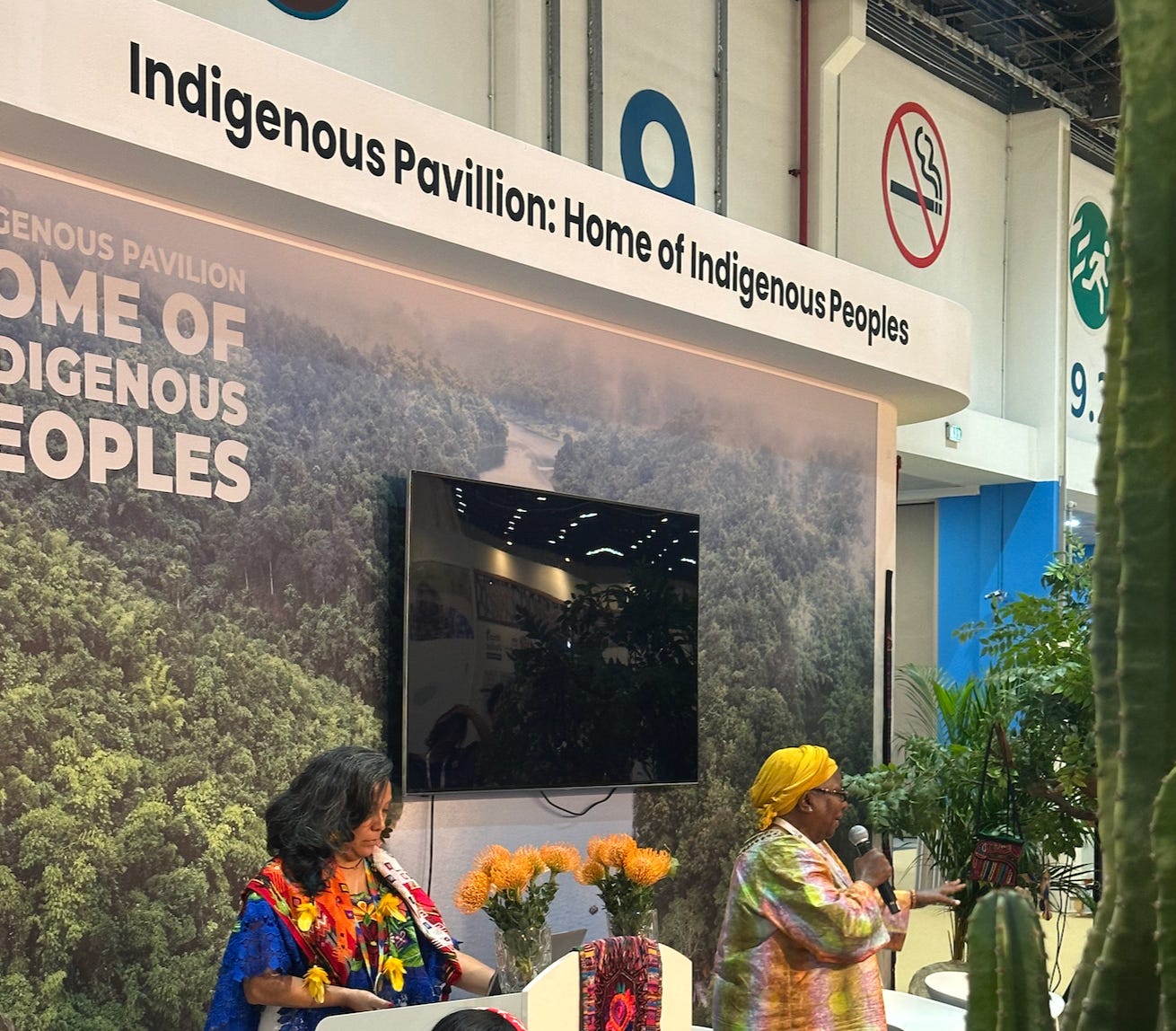
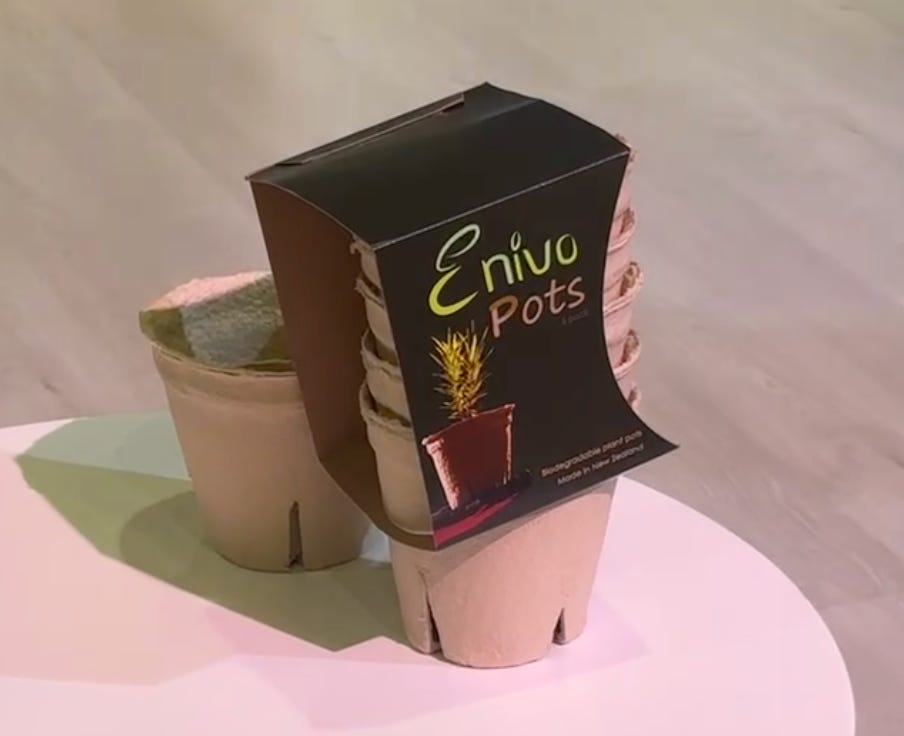
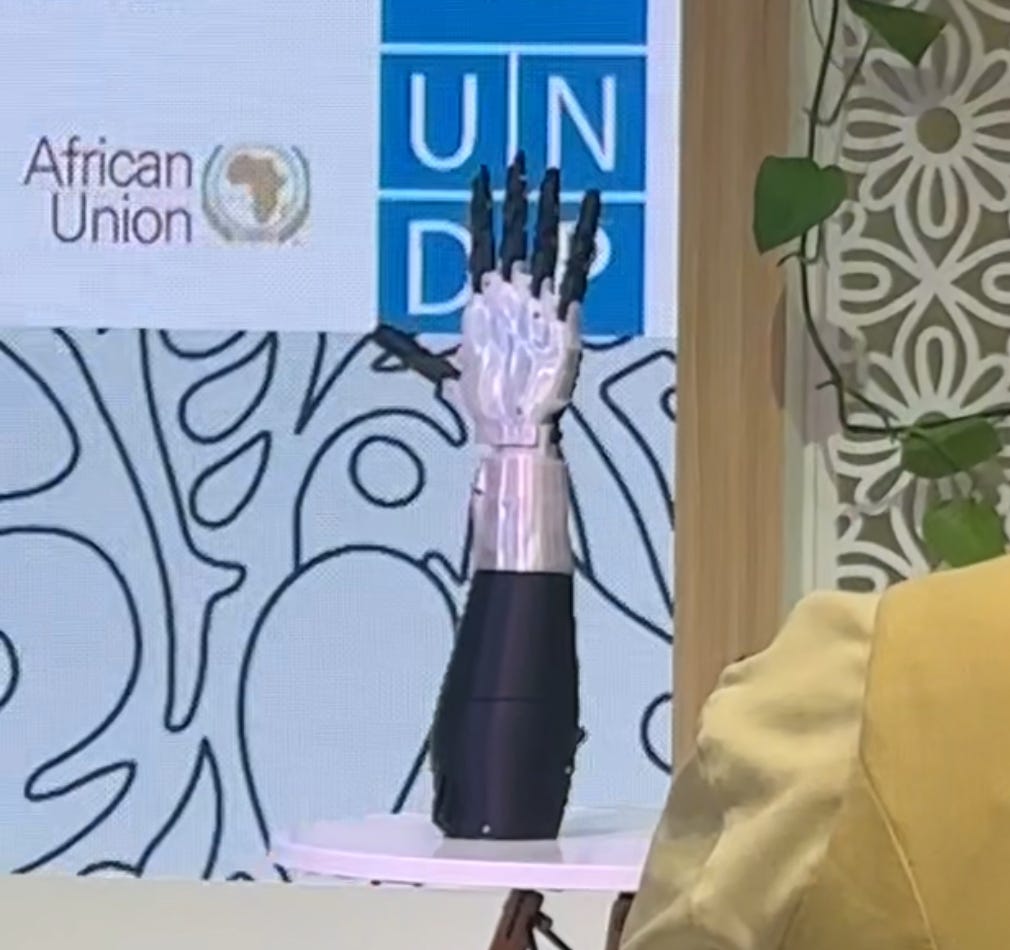
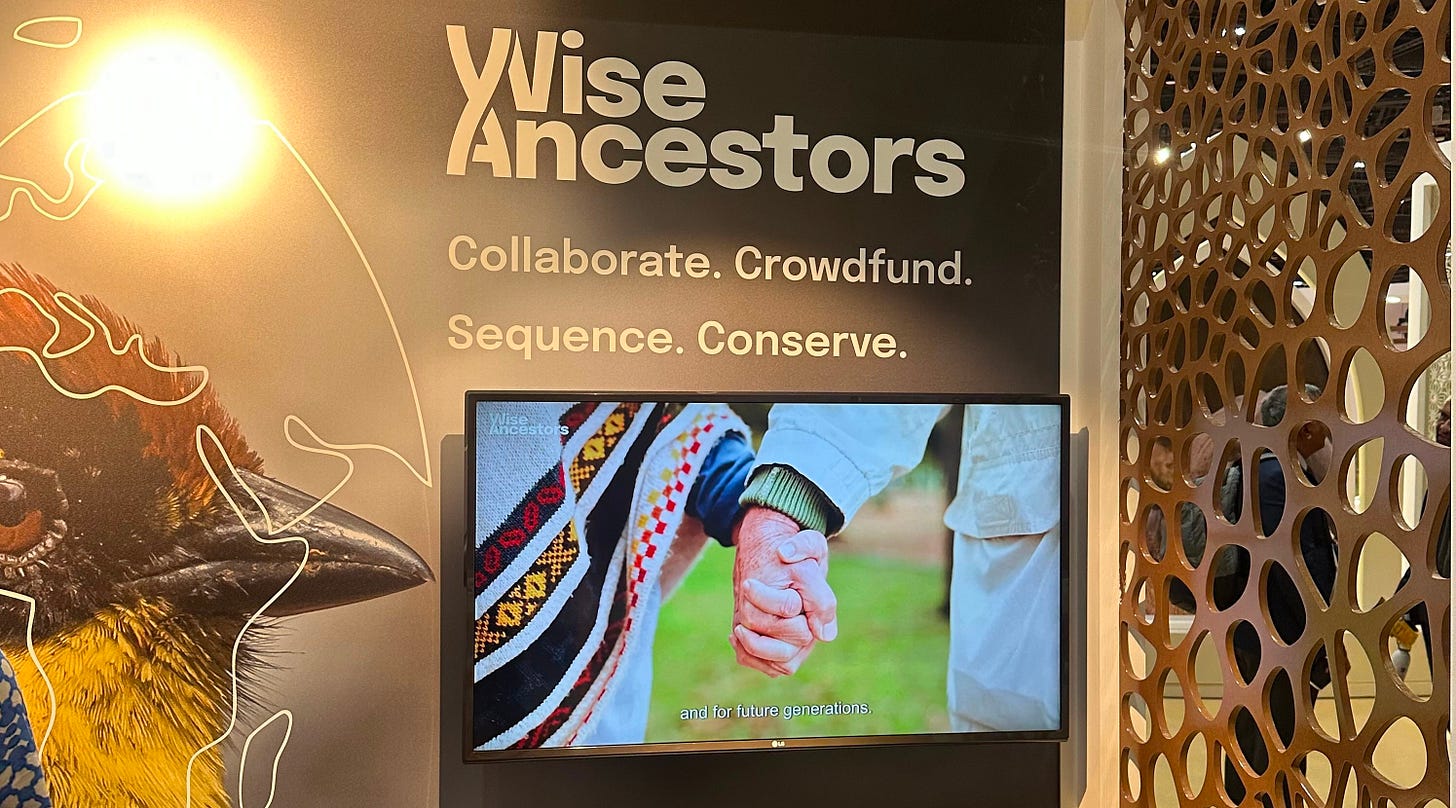
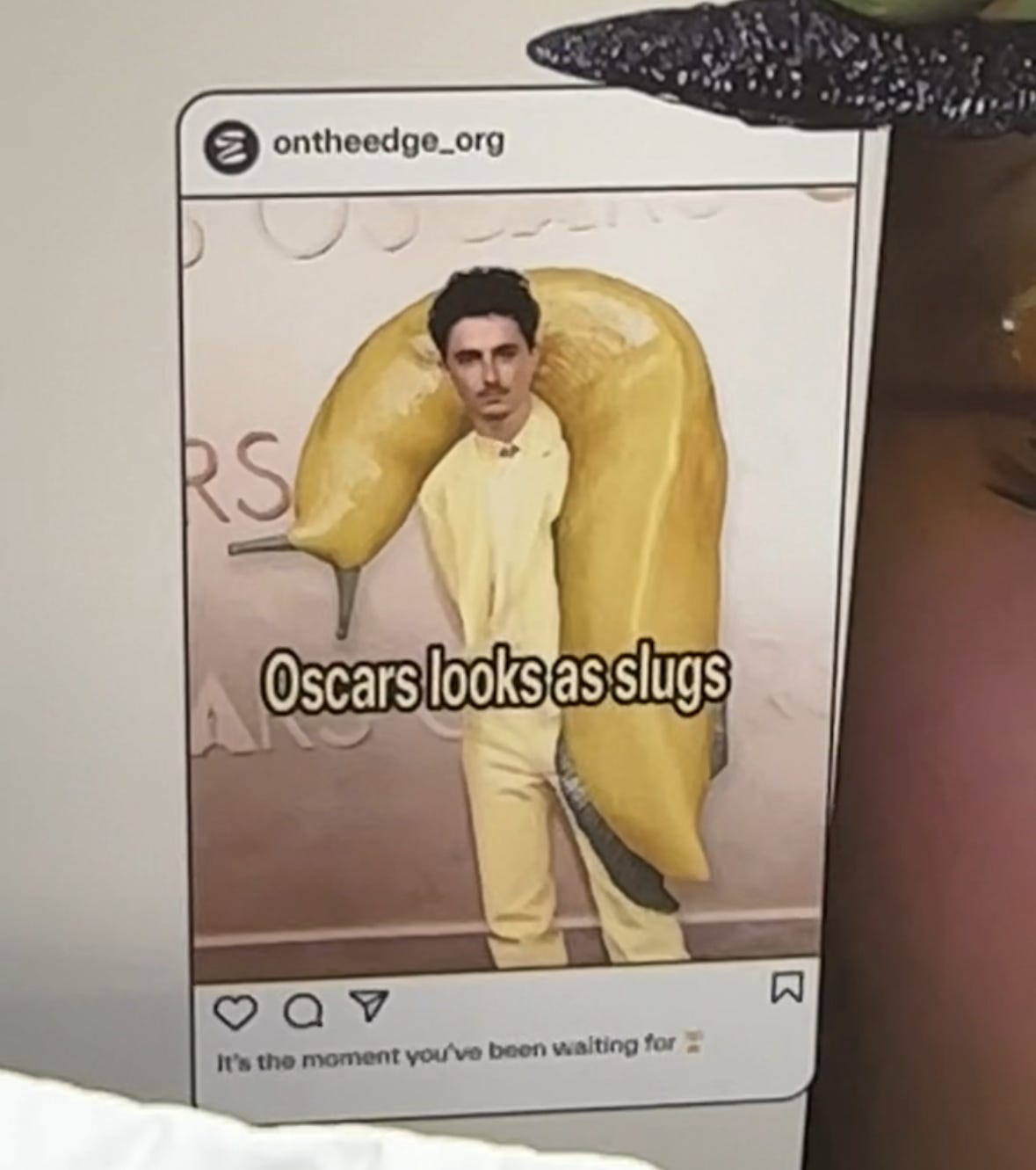
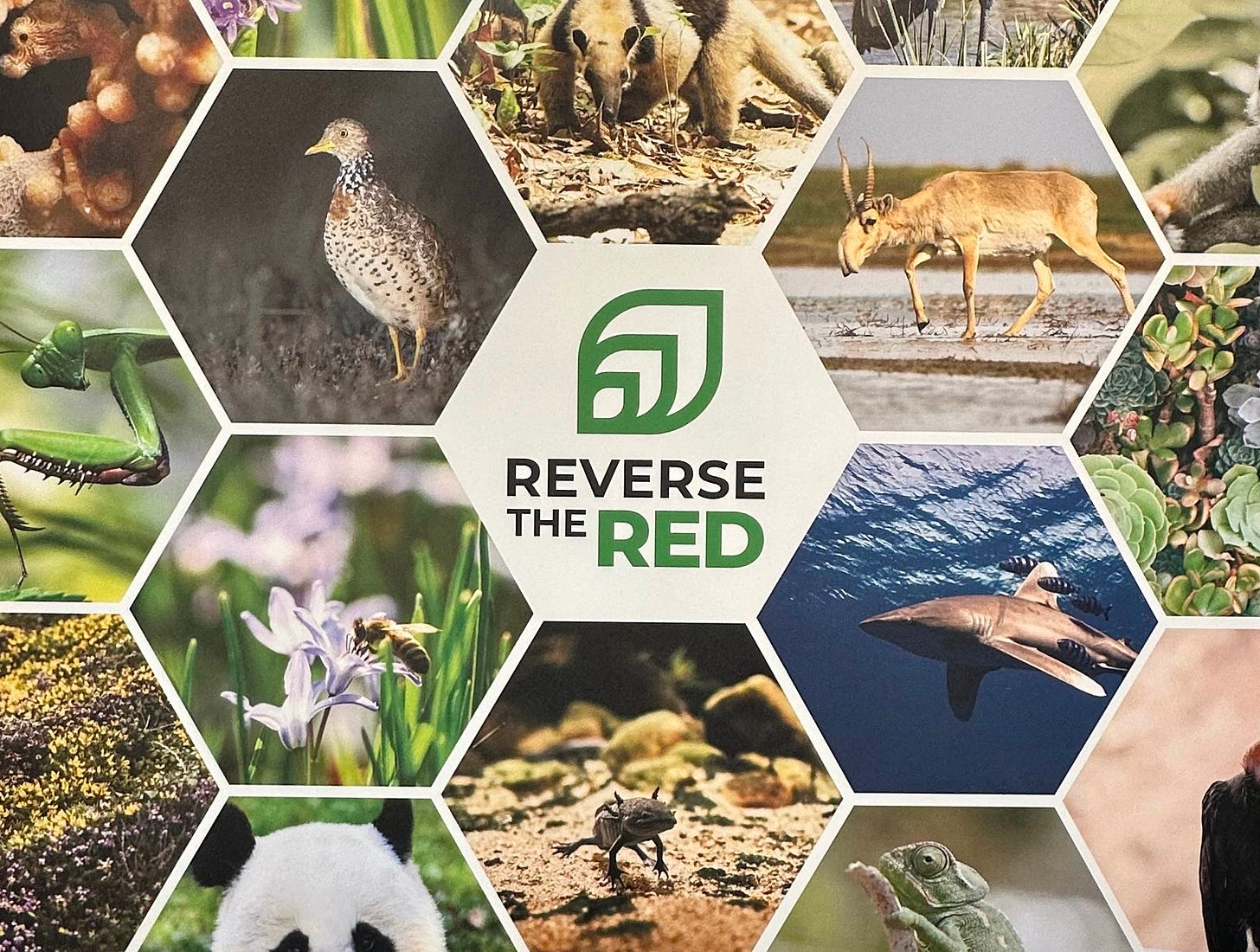
Thank you for reporting on good news!